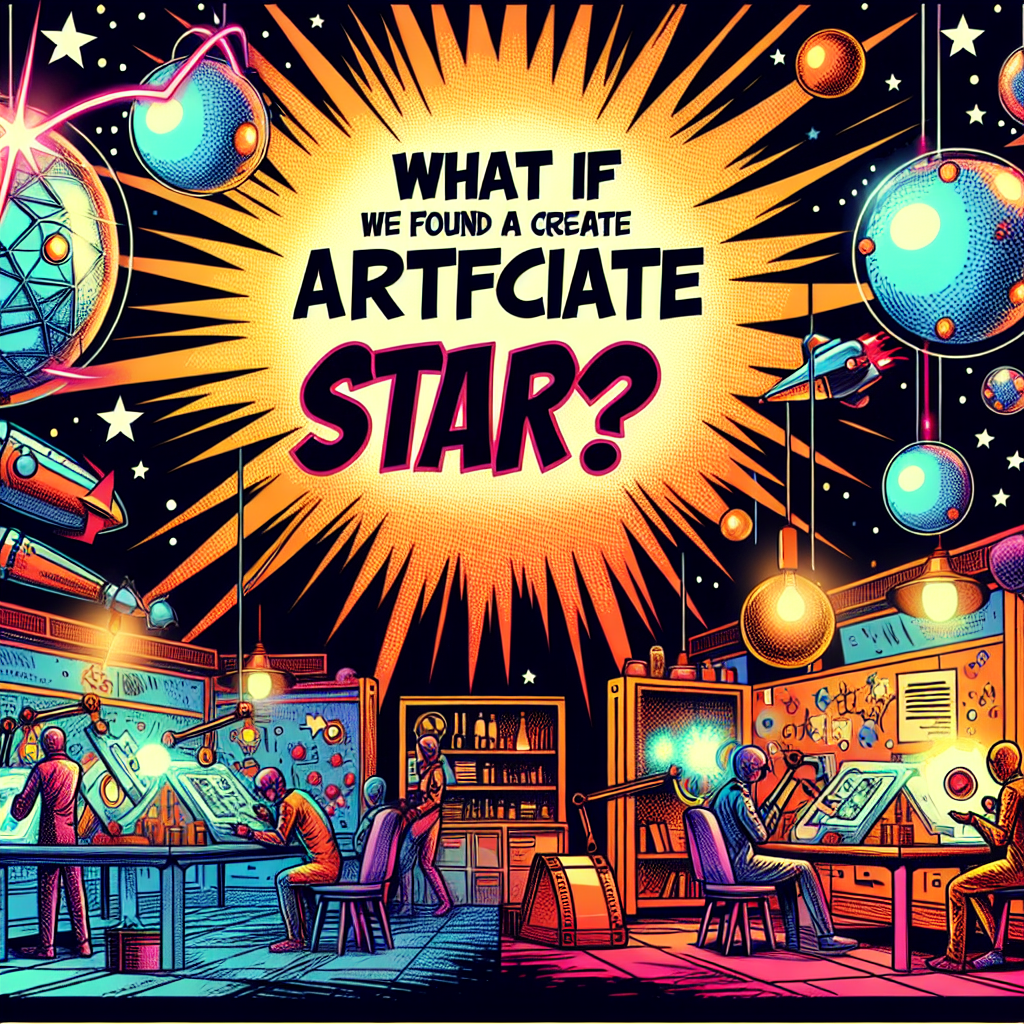Creating artificial stars would be a monumental feat of engineering, but before we dive into the possibilities, let's understand what makes stars, well, stars. Stars are massive balls of hot, glowing gas, sustained by nuclear reactions in their cores. Imagine a giant furnace, where hydrogen atoms are fused into helium, releasing vast amounts of energy in the process.
This energy is what we perceive as light and heat, making life on Earth possible. Now, if we were to create an artificial star, we'd need to replicate this process. Here's where things get complicated.
For starters, we'd need a tremendous amount of energy to initiate and sustain these nuclear reactions. We're talking magnitudes higher than what our most advanced power plants can produce. The closest we've come to achieving this is through nuclear reactors, but even those are a far cry from the energy output of a star.
To put this into perspective, the Sun's core is about 15 million degrees Celsius (27 million degrees Fahrenheit). That's hotter than the surface of the hottest fire. Our most advanced particle accelerators can barely reach temperatures of around 100,000 degrees Celsius (180,000 degrees Fahrenheit). We'd need an enormous leap in technology to even come close to replicating stellar conditions.
Another major hurdle would be containing and stabilizing the reaction. Stars are massive, with gravity playing a crucial role in sustaining the nuclear reactions. Without gravity, the reaction would dissipate, and the "star" would fizzle out. In other words, we'd need to create an environment where the immense energy released by the reactions is harnessed and sustained, without letting it escape or destabilize the system.
Assuming we could somehow overcome these challenges, we'd still need to consider the immense scale of a star. The Sun is about 109 times bigger than the Earth, and its mass is approximately 330,000 times that of our planet. Creating an artificial star would require an enormous, structurally sound vessel to contain the reaction, not to mention the unfathomable amount of fuel required to sustain it.
Let's not forget about the byproducts of nuclear reactions – radiation and heat. We'd need to develop techniques to manage and dissipate these byproducts, ensuring the safety of both the artificial star and its surroundings. Imagine a colossal, constantly burning fire, and you'll get an idea of the scale and complexity involved.
If we were to succeed in creating an artificial star, the implications would be profound. We could potentially use it as a clean, virtually limitless source of energy. Imagine powering entire cities, or even nations, with a single, controlled star. The possibilities for space exploration and colonization would also increase exponentially, as we could use artificial stars as beacons or power sources for interstellar travel.
However, we'd need to carefully consider the environmental impact of such a creation. A contained star would still emit significant amounts of radiation, which could have unforeseen consequences on the surrounding ecosystem. We'd need to develop strategies to mitigate these effects, ensuring the artificial star doesn't harm the environment or life forms in its vicinity.
It's also important to acknowledge the ethical implications of creating artificial stars. With such immense power comes immense responsibility. Who would control these artificial stars, and how would we prevent their misuse? The stakes are too high to ignore the potential risks and consequences.
In conclusion, creating artificial stars is a fascinating concept, but it's still largely in the realm of science fiction. While we can imagine the possibilities, the scientific and engineering challenges are significant. Nevertheless, pursuing such a goal could lead to breakthroughs in our understanding of nuclear reactions, energy production, and even advanced materials science. Who knows? Maybe one day we'll find a way to harness the power of the stars, but for now, it remains a captivating thought experiment that inspires us to push the boundaries of human innovation.

Popular Space Questions
Find answers to the trending space questions being asked by our community on social media.
- How many galaxies are there in the universe?
- How far is Pluto from Earth?
- How many planets are in the Milky Way?
- How many planets are in our solar system?
- What would happen if a rogue planet entered our solar system?
- What are the planets in order?
- How big is the universe?
- How big is the Earth?
- What if we found a way to manipulate gravity?
- How far is the Sun from Earth?